The atypical structure of the radium monofluoride molecule allows physicists to search for answers to some of the universe’s biggest questions.
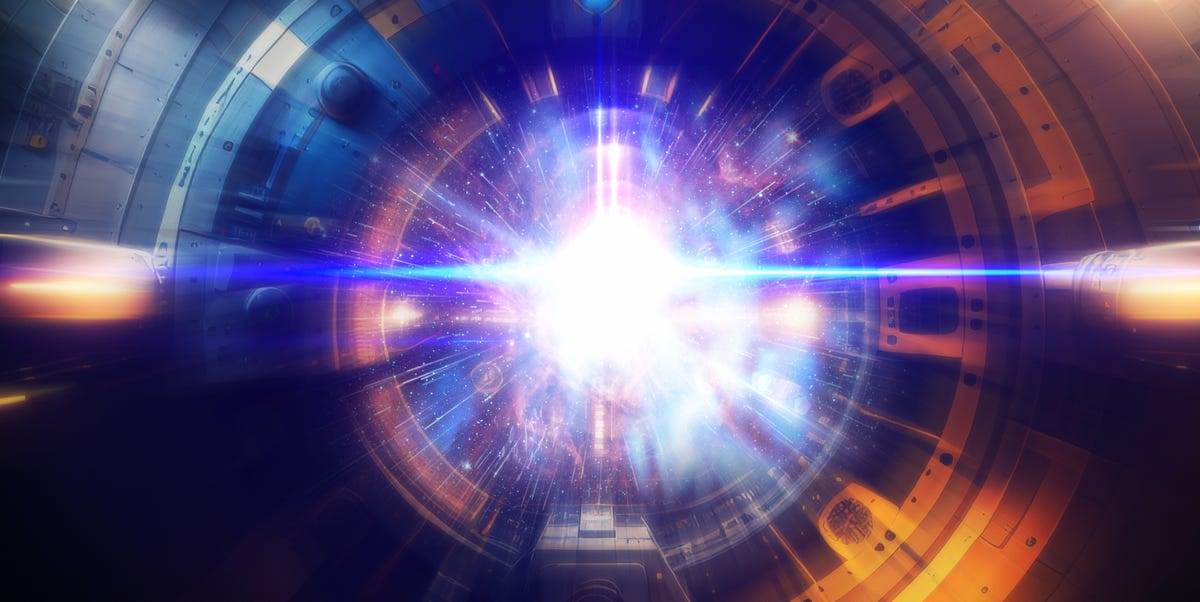

Scientists say a new kind of AI could bridge the gap between current systems and machines that learn and think more like us.
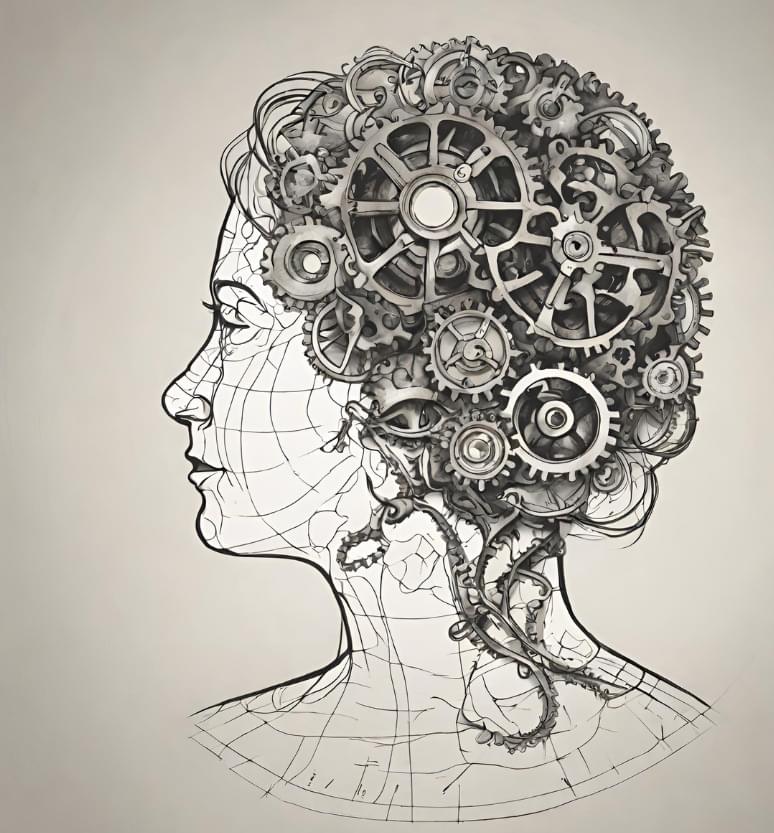
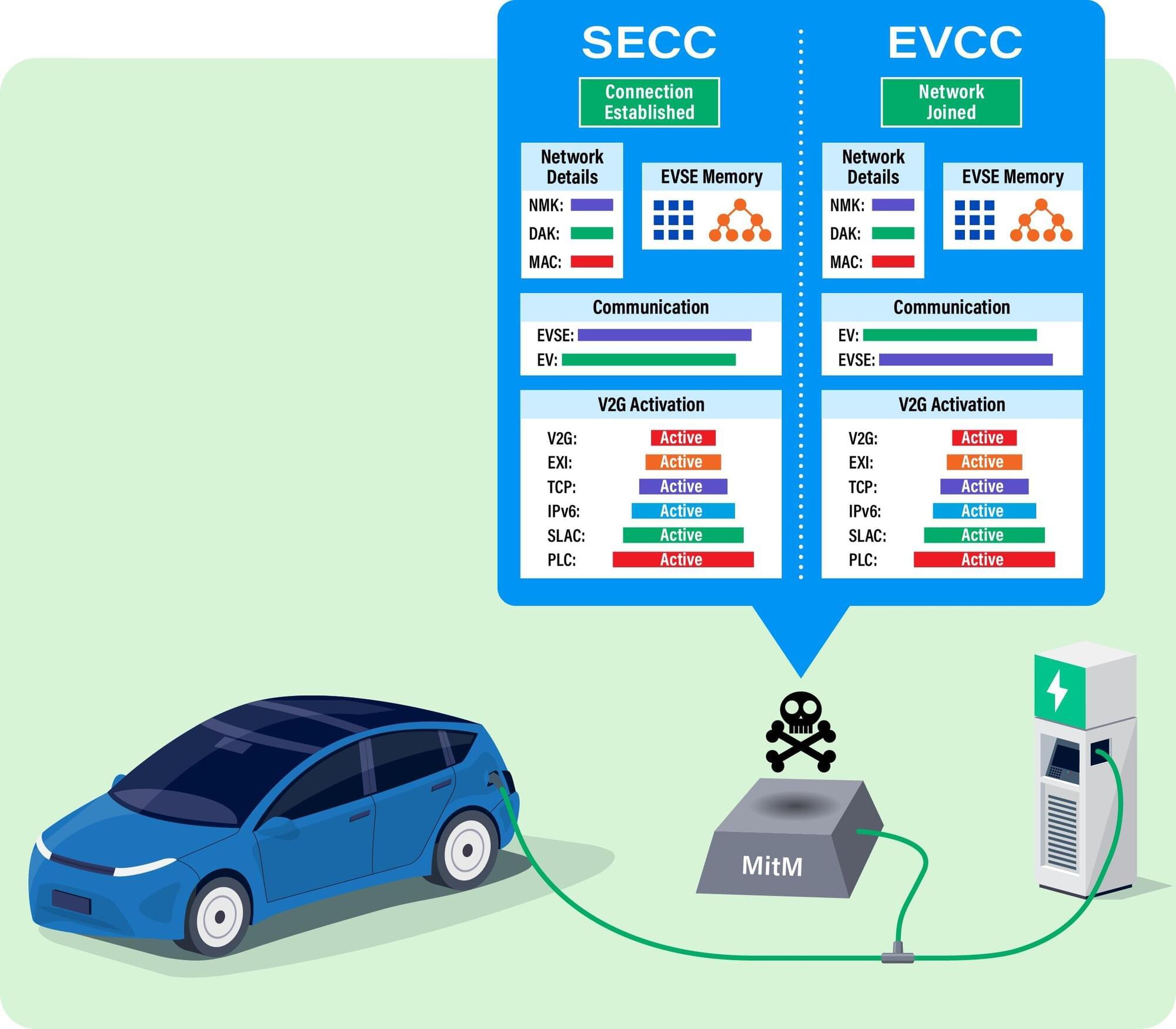
Southwest Research Institute identified a security vulnerability in a standard protocol governing communications between electric vehicles (EV) and EV charging equipment. The research prompted the Cybersecurity & Infrastructure Security Agency (CISA) to issue a security advisory related to the ISO 15118 vehicle-to-grid communications standard.
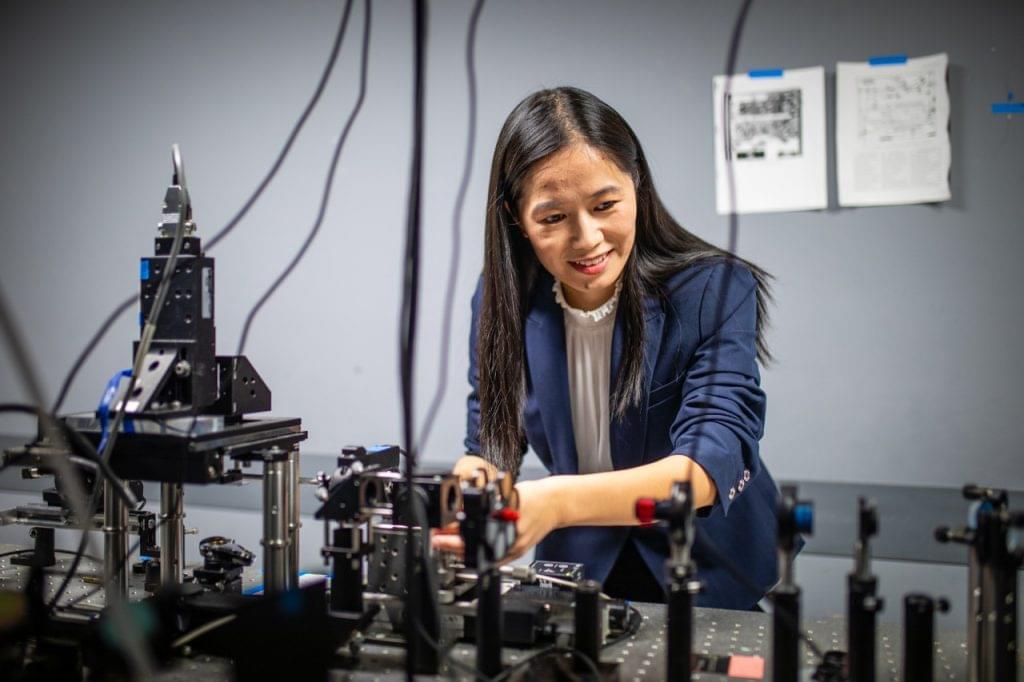
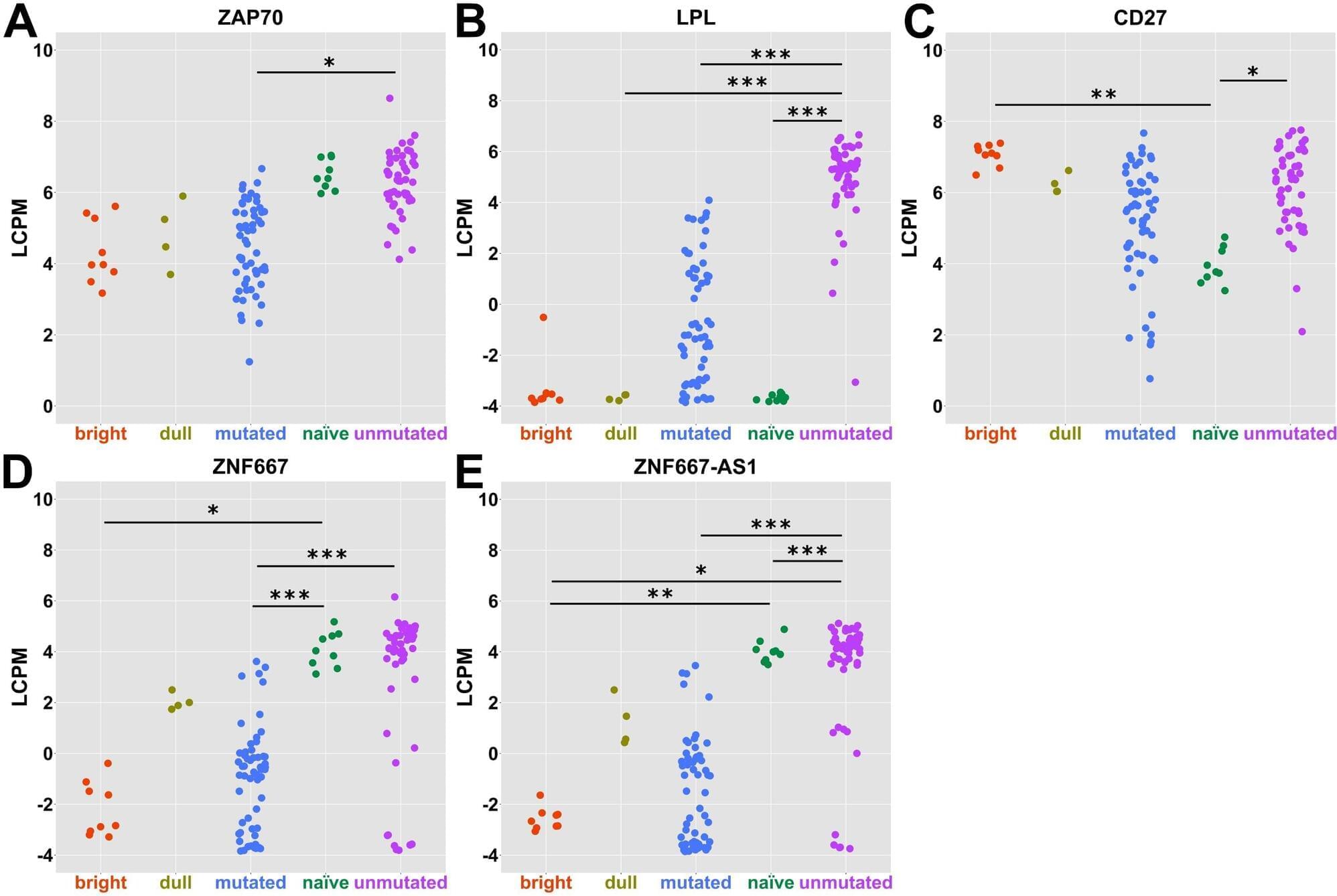
Researchers at the University of Eastern Finland and their international collaborators have identified key developmental and molecular differences between the two main subtypes of chronic lymphocytic leukemia, CLL. The findings, published in PLOS ONE, show that mutated and unmutated forms of CLL may originate from distinct stages of B cell development, offering new insight into disease mechanisms and biomarker discovery.
CLL, the most common leukemia in adults, is characterized by disruption of the peripheral immune system through the accumulation of abnormal B-lymphocytes. CLL is divided into mutated (M-CLL) and unmutated (UM-CLL) subtypes based on the mutation frequency of the immunoglobulin heavy chain variable region in B cells. UM-CLL is more aggressive and tends to have a worse prognosis than M-CLL. The research team performed a meta-analysis of transcriptomic data from 116 patients and healthy donor B cells to explore the origins of these subtypes.
B cells go through different developmental stages in bone marrow and in lymphatic tissue germinal centers. They are classified into different subtypes depending on their maturation and function, such as memory or plasma cells. The results revealed that M-CLL resembles germinal center–dependent memory B cell subtype, CD27bright memory B cells, while UM-CLL reflects an earlier intermediary germinal center stage, possibly explaining their differences in mutation levels and clinical behavior.
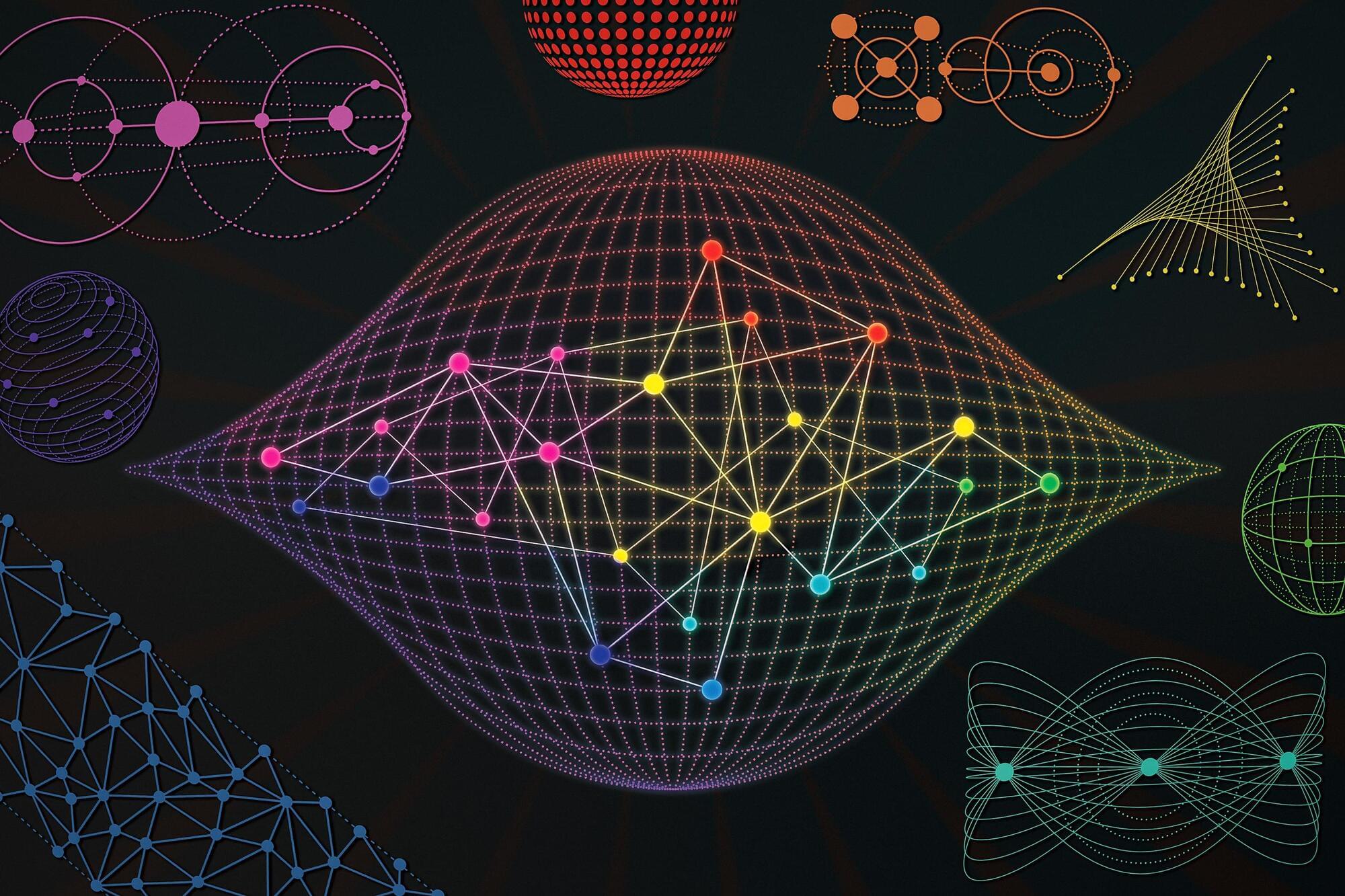
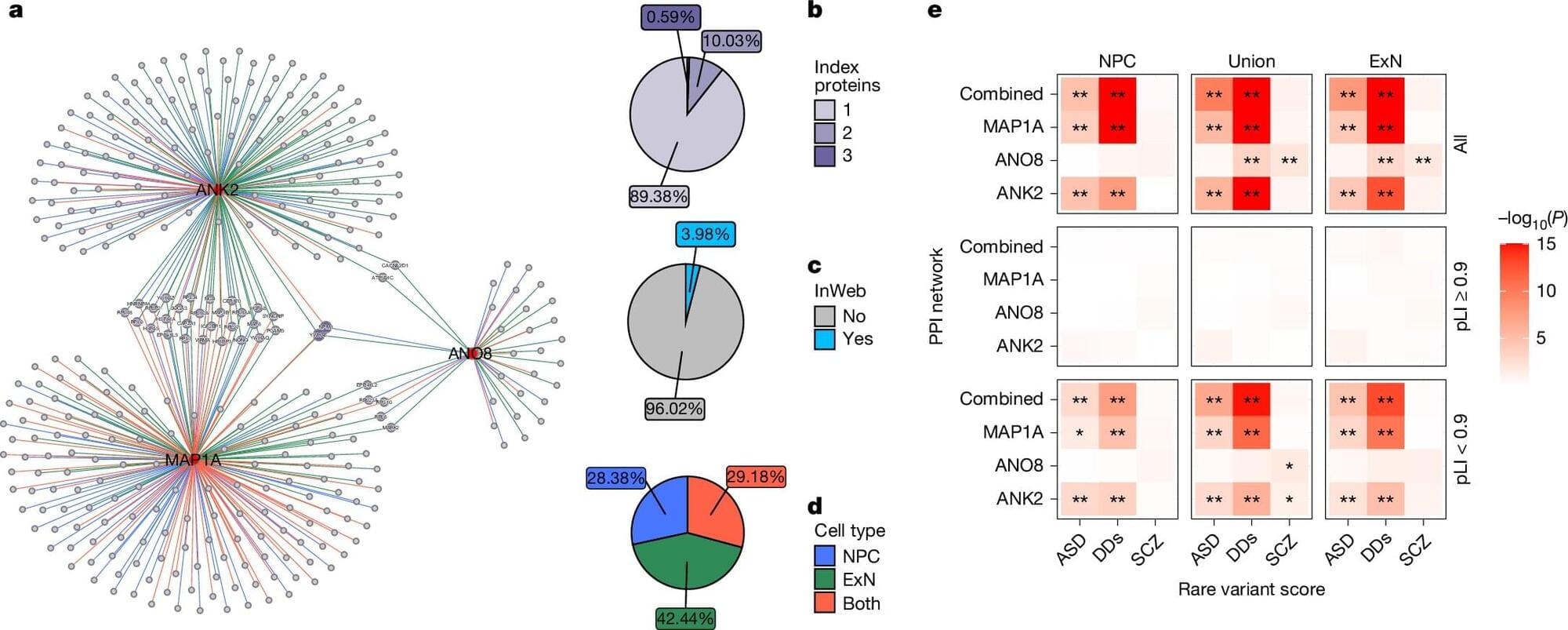
ADHD is a neurodevelopmental disorder with a high heritability, in which the genetic component consists of thousands of genetic variants. Most variants only slightly increase the likelihood of receiving the diagnosis. Now an international study led by researchers from iPSYCH at Aarhus University has shown that rare high-effect genetic variants also play an important role.
The study has been published in Nature, and the researchers have found a markedly increased likelihood of developing ADHD among individuals carrying rare variants in three genes—MAP1A, ANO8 and ANK2—in some cases by up to 15 times.
These genetic variants are very rare, but when present, the study shows that they strongly affect genes expressed in the brain’s nerve cells. In individuals carrying these variants, the development and communication between nerve cells may therefore be disrupted, which can result in ADHD.
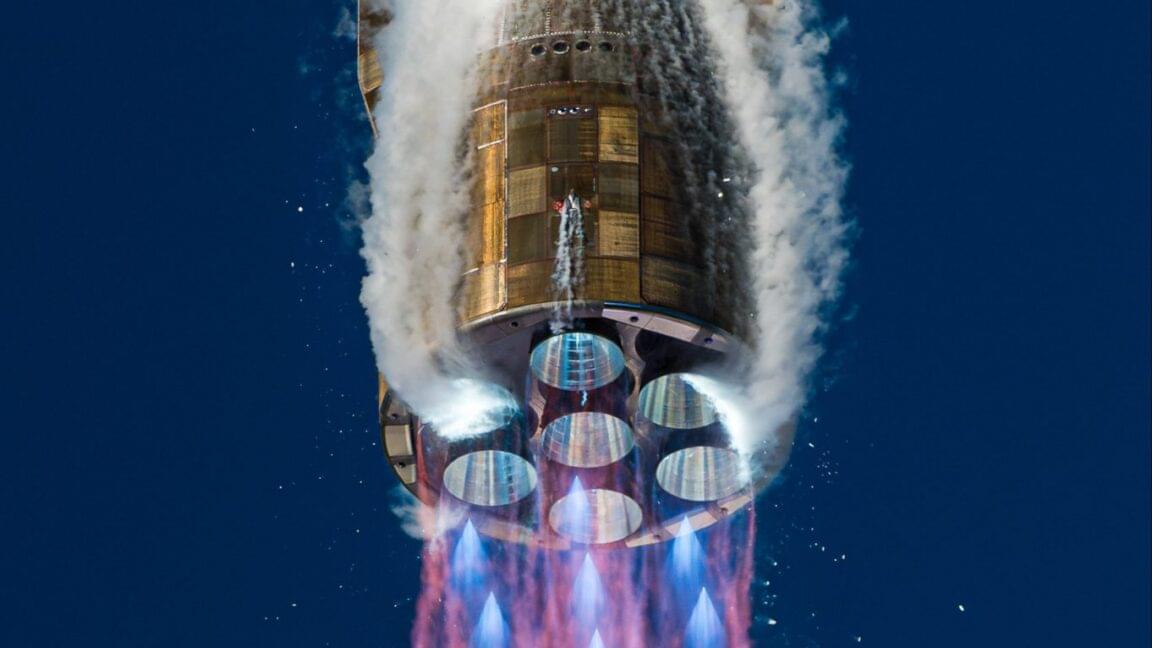
For decades—yes, literally decades—it has been easy to dismiss Blue Origin as a company brimming with potential but rarely producing much of consequence.
But last week the company took a tremendous stride forward, not just launching its second orbital rocket, but subsequently landing the booster on a barge named Jacklyn. It now seems clear that Blue Origin is in the midst of a transition from sleeping giant to force to be reckoned with…
…Limp said success on New Glenn’s second flight would set the company up for a significant increase in cadence. The company is building enough hardware for “well above” a dozen flights in 2026, with the upper-end limit of 24 launches. The pacing item is second stages. Right now Blue Origin can build one per month, but the production rate is increasing.”
“There’s never been such a high demand for launch as there is right now.”
Pre-order LymeChart: https://LymeChart.ai/?utm_term=ryan5
(LymeChart is a product of linkaChart Medical)
Neura Pod is a series covering topics related to Neuralink, Inc. Topics such as brain-machine interfaces, brain injuries, and artificial intelligence will be explored. Host Ryan Tanaka synthesizes information, shares the latest updates, and conducts interviews to easily learn about Neuralink and its future.
Sign up for Neuralink’s Patient Registry: https://neuralink.com/trials/
Join the Neuralink team: https://neuralink.com/careers/
X: https://www.x.com/ryantanaka3/
Support: https://www.patreon.com/neurapod/